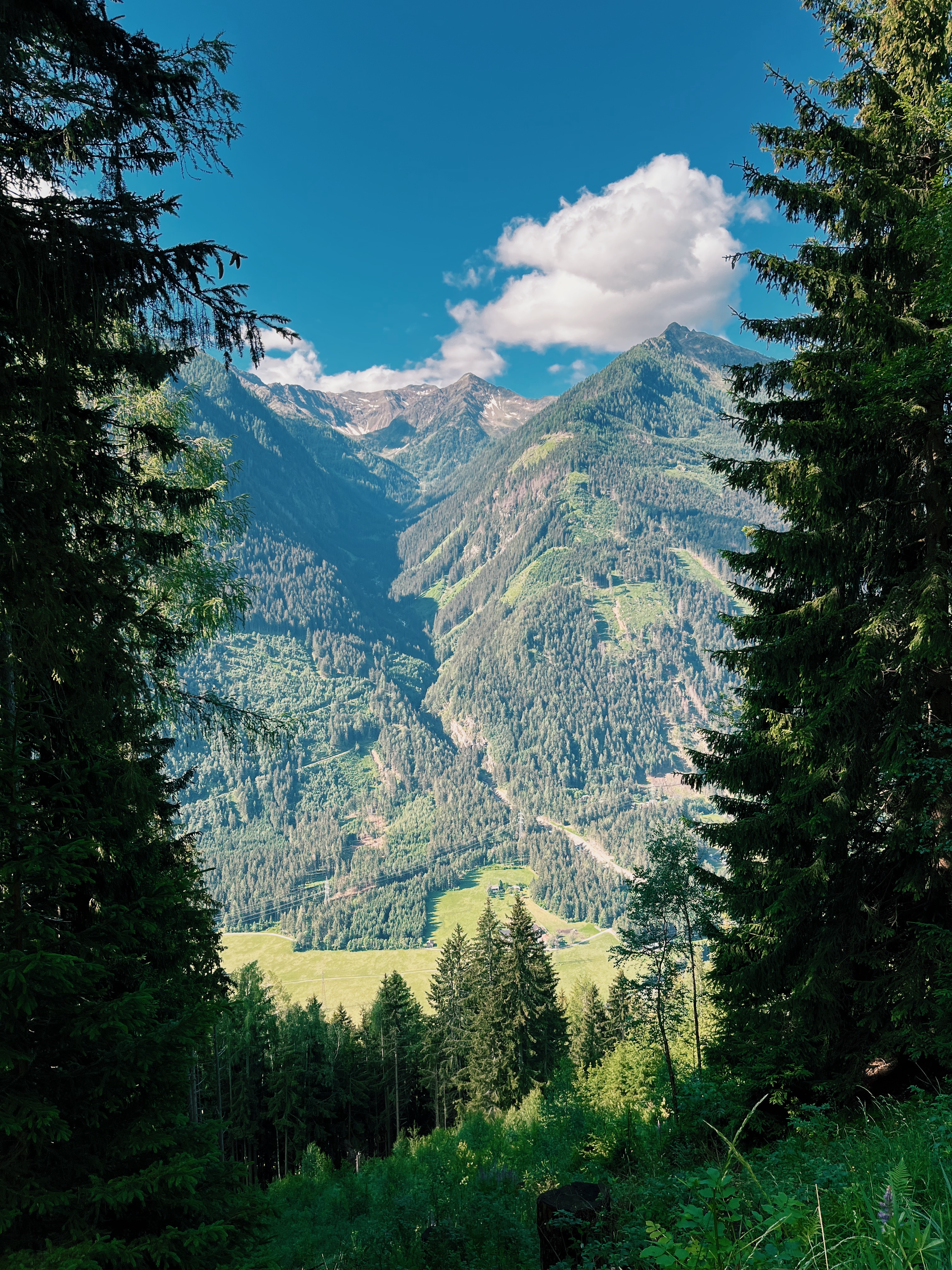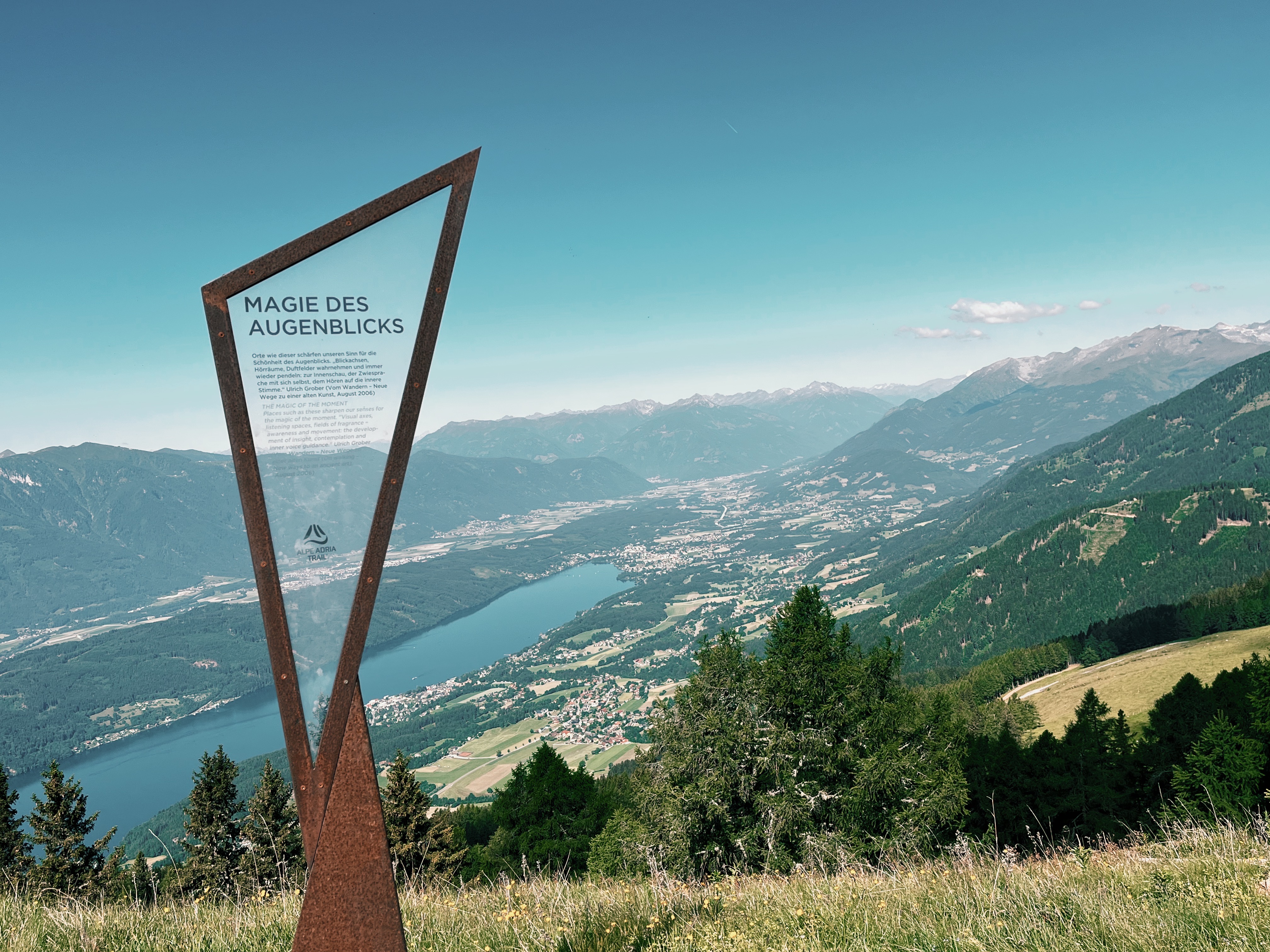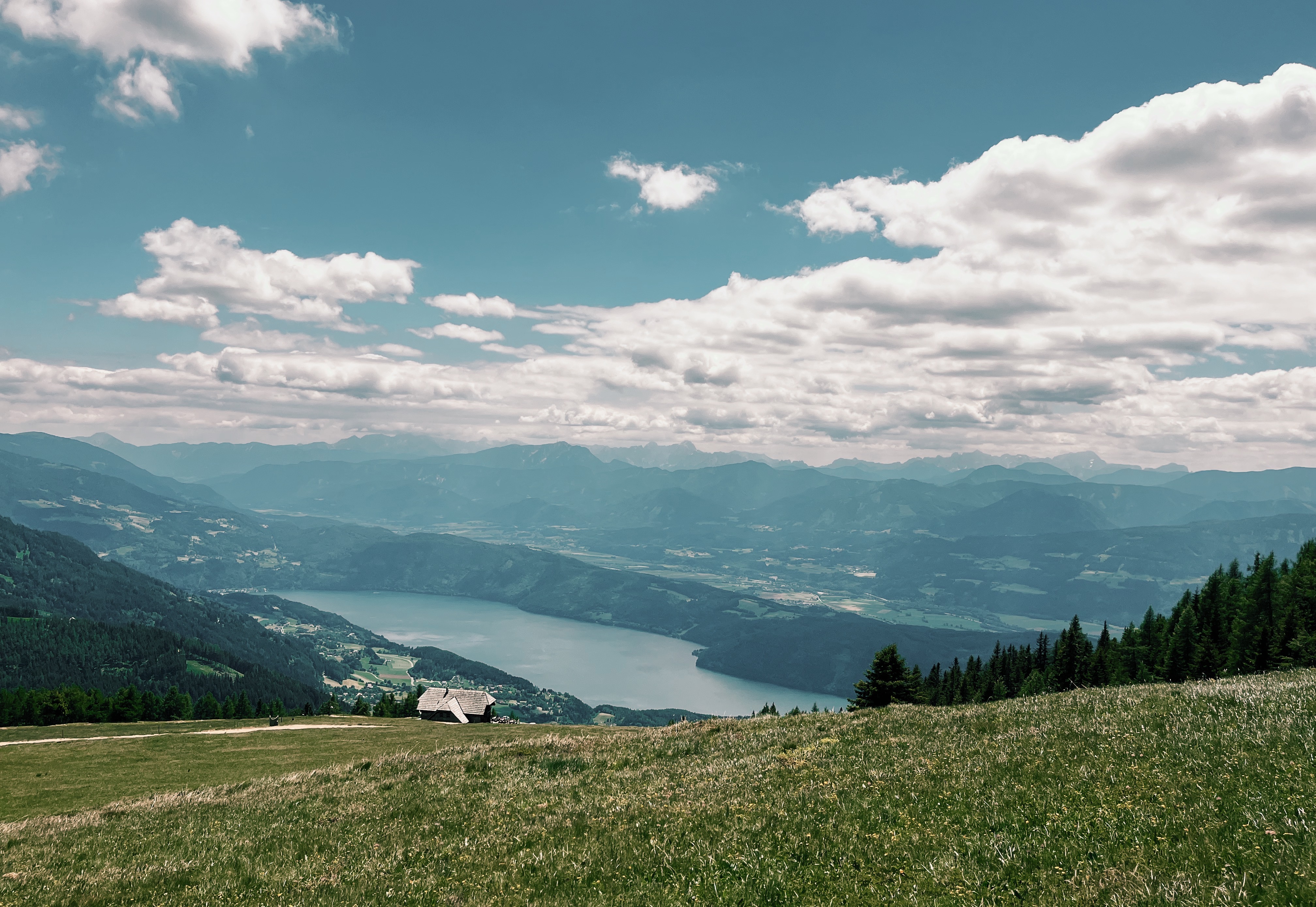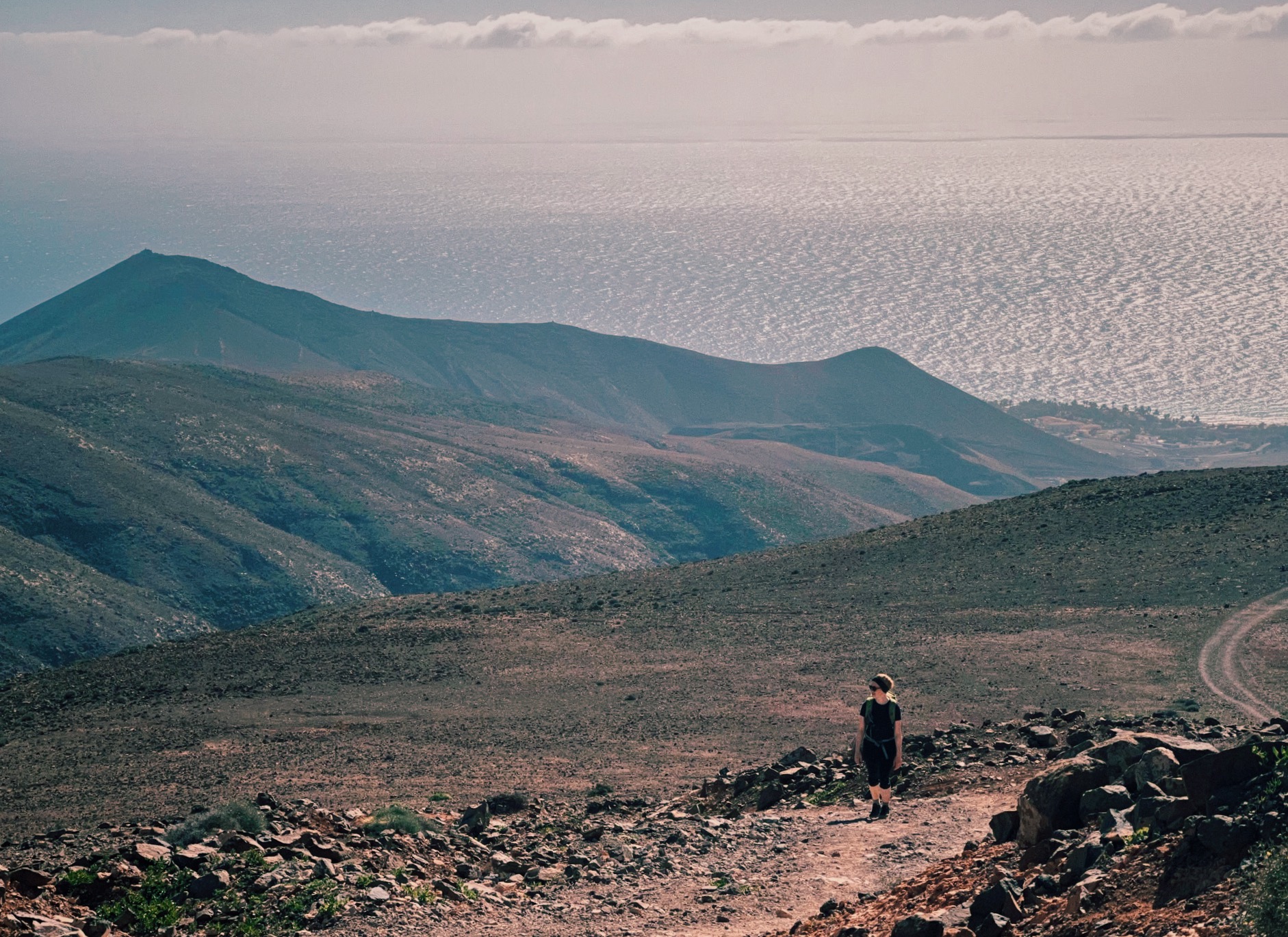I‘ve heard many people say that one of the things on their bucket list is doing a thru-hike over several weeks. Understandably so! It‘s an amazing experience. And if it‘s not on your bucket list, I think it should be! Obviously, that‘s just my very personal opinion. But as you’re here already, I have a feeling, you might be up for the adventure. Maybe you’re just not quite sure, yet, where to start. Luckily, you‘ve come to the right place. In this article, I want to share why I think the Alpe Adria Trail is the best trail for first-time thru-hikers.
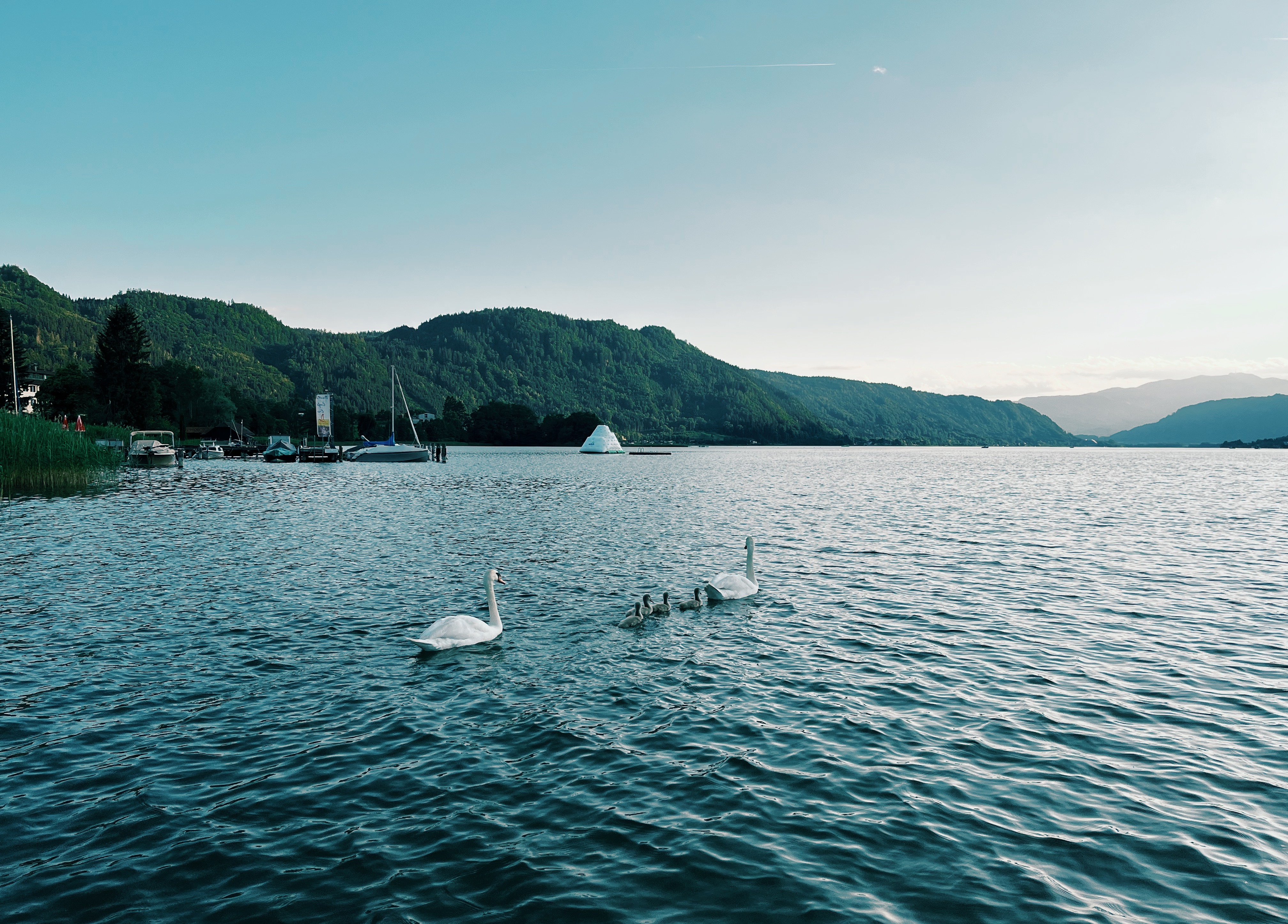
The Alpe Adria Trail is a gorgeous European long-distance trail, running through three countries: from Austria, across Slovenia to Italy. Luckily, it still is one of the world’s hidden gems when it comes to long-distance hiking trails. It‘s not nearly as well known, as the Santiago de Camino, the Pacific Crest Trail, or the Appalachian Trail. This is a) really surprising and b) absolutely amazing, because it means you get to have it all to yourself most of the time. I‘ve had many days on the AAT where I didn‘t meet a single person while hiking and could completely immerse into the breathtaking beauty and calmness of the nature around me. The Alpe Adria Trail is often described as a „pleasure hiker‘s delight“. To be quite frank, when I read this during my research on the trail, I wasn’t quite sure what it meant. What’s a „pleasure hiker“ anyways? Well, having walked the Alpe Adria Trail, I think a “pleasure hiker’s delight” is the perfect definition for it. But let’s break that down a little. From my personal experience, I define a “pleasure hiker” as someone who
- wants to be challenged (physically and mentally), but still enjoy the experience of hiking, being out in nature, and having a good meal and a good sleep at the end of the day
- wants some security in their planning, e.g. knowing ahead of time where to spend the night, but also appreciates some flexibility to tailor the route to their needs, like spending just two weeks on the trail instead of five
- is looking for peace, calmness, and connection by immersing in beautiful, varied, and undisturbed nature but doesn’t want to go off the grid completely
I think these criteria are also very important to keep in mind when setting out on your very first thru-hike. And from my experience, the Alpe Adria Trail caters to all of these criteria extremely well.
In a nutshell, the Alpe Adria Trail is the best trail for first-time thru-hikers, because:
- Accommodation and food on the Alpe Adria Trail: There‘s an extensive grid of accommodation and food options for different preferences
- Stage Planning and Transport Infrastructure: There‘s great transport infrastructure, making it possible to skip a stage or two if you want or need to
- Stage difficulty and navigation on the Alpe Adria Trail: Its overall stage difficulty is easy to medium, with a few demanding stages to ensure you won‘t get bored. It‘s also well sign-posted and detailed gpx trails are available for each stage
- In case of an emergency on the Alpe Adria Trail: You‘re never too far off the grid in case of any emergencies
- Landscape and scenery on the Alpe Adria Trail: It offers an incredibly varied landscape and scenery, and surprisingly is still somewhat of a hidden gem in Europe’s thru-hiking scene
We‘ll dive into each of these bullet points in a bit more detail. But first, I‘ll give you a short overview of the overall route of the Alpe Adria Trail.
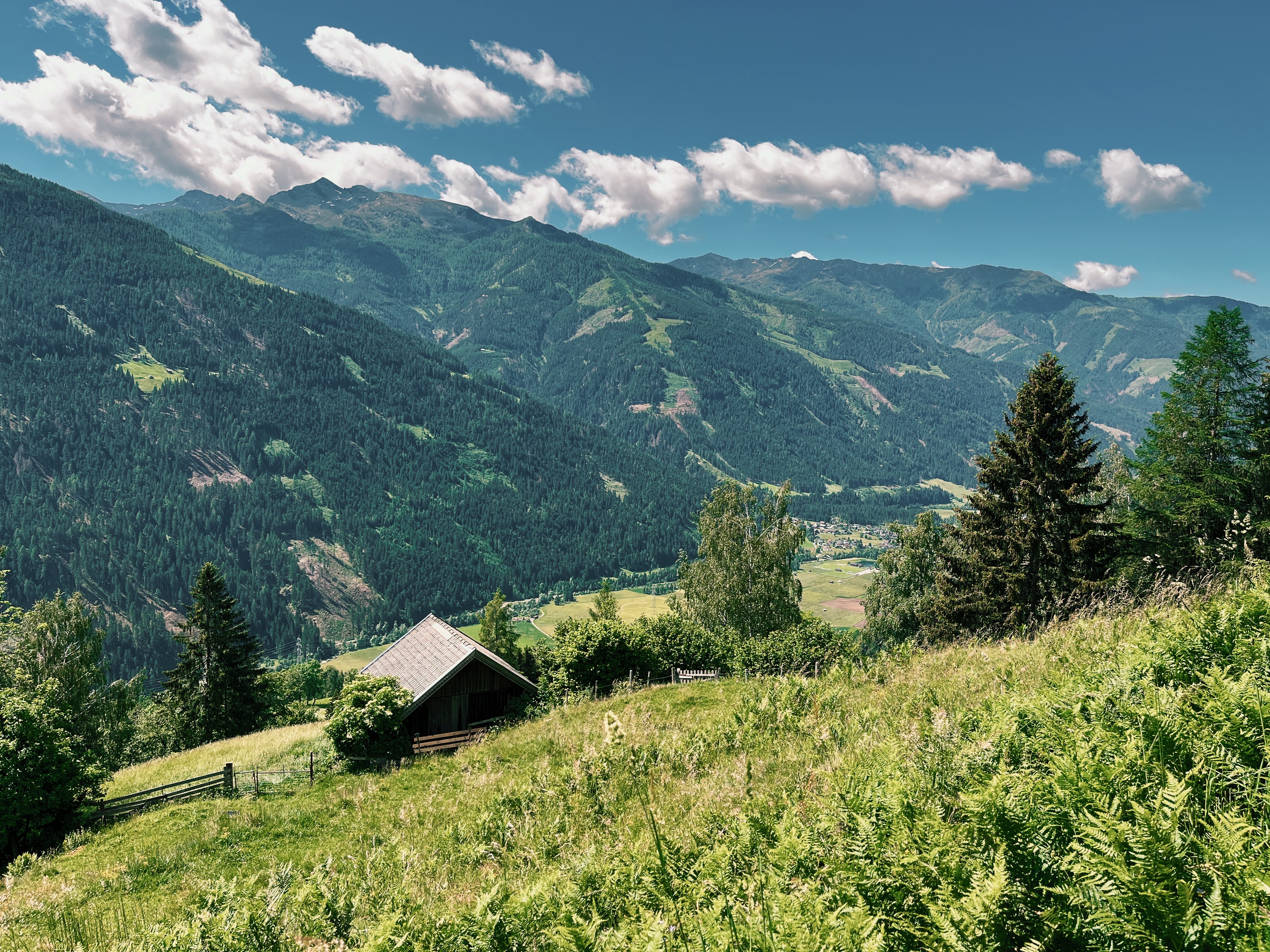
Alpe Adria Trail - Route Overview
The AAT starts right at the foot of Großglockner, Austria’s highest mountain. It moves through Austria’s region Carinthia along beautiful mountains and valleys, with ever-new views of lakes, meadows, and forest landscapes. Some of the highlights in Austria include the Nationalpark Hohe Tauern in Kärnten, a total of 4 lakes: Millstätter See, Ossiacher See, Wörthersee and Faaker See, the Nockberge mountain range, and the Dreiländereck, where Austria, Slovenia, and Italy meet.

The Alpe Adria Trail then passes into Slovenia and leads along the Soča valley over mountain passes and through beautiful valleys. Apart from the ever-present emerald Soča river, you’ll be able to get a glimpse of mount Triglav at the border of the Triglav National park. With an elevation of over 2,860m (ca. 9,400 ft), Mount Triglav is the highest mountain in Slovenia and the highest peak of the Julian Alps. During my thru-hike on the Alpe Adria Trail, I’ve been told that every Slovenian person “has to” hike up Mount Triglav once in their life. Not one of the worst life tasks, from my point of view, but hey, I’m also writing a whole blog about hiking and nature, so I guess, I’m kind of biased.
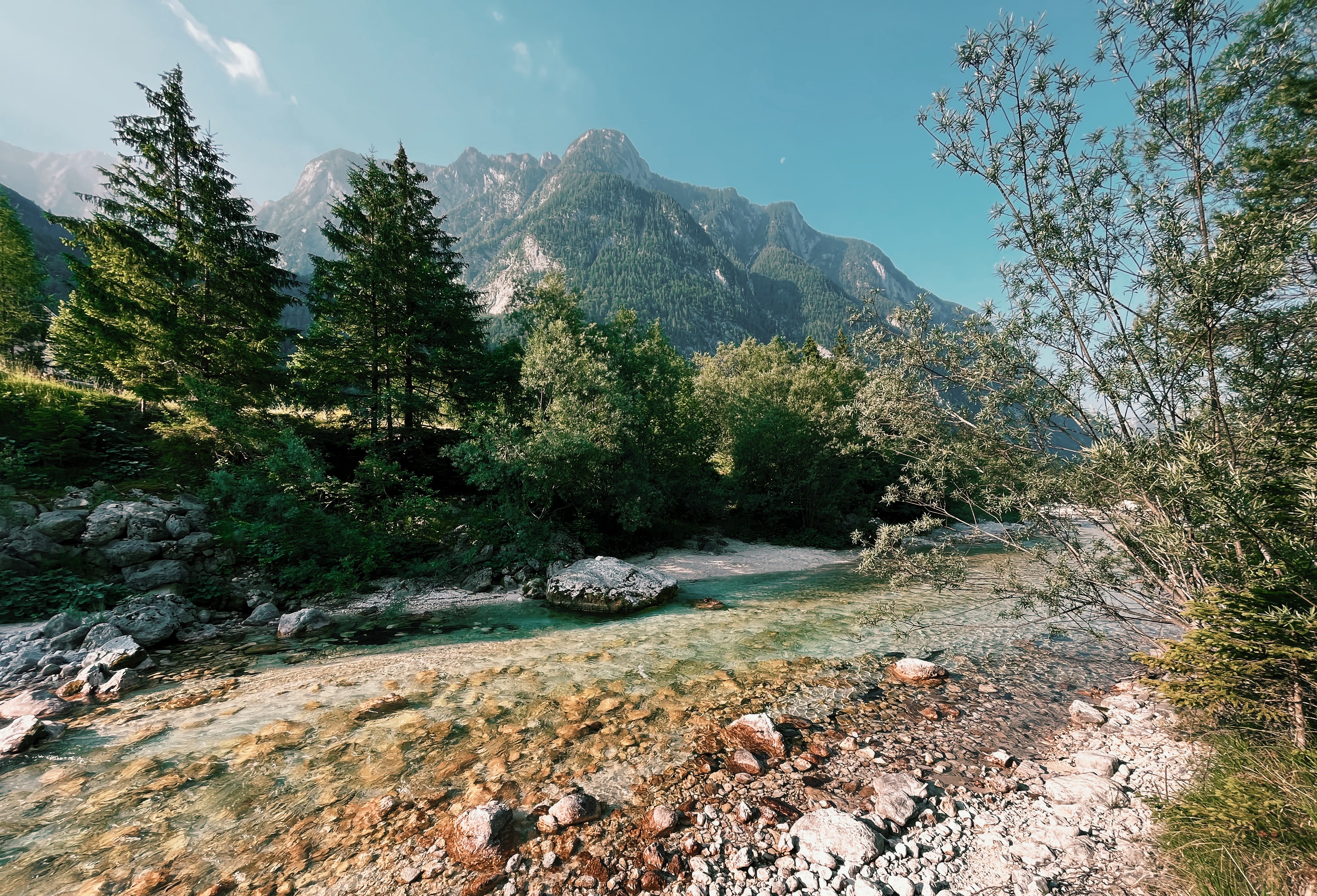
After passing Tolmin, a cute little Slovenian town that is well-known across Europe for its music festivals, the Alpe Adria trail leads you into the hilly regions of northeast Italy. The famous “Poti miru” (path of peace) leads hikers out of Slovenia and into Italy. The trail passes right through an open-air museum, exhibiting the “linea d’armata” (third line of defense) the Italian army built during the First World War in the fight against the Austro-Hungarian troops on Monte Kolovrat. The Italian section of the Alpe Adria Trail leads through beautiful hills with rich forests, meanders through beautiful vineyards, and charming Italian towns until it finally reaches the Adriatic sea. From there it leads back into the countryside and crosses over to Slovenia again, before reaching its final destination, the Italian town of Muggia.
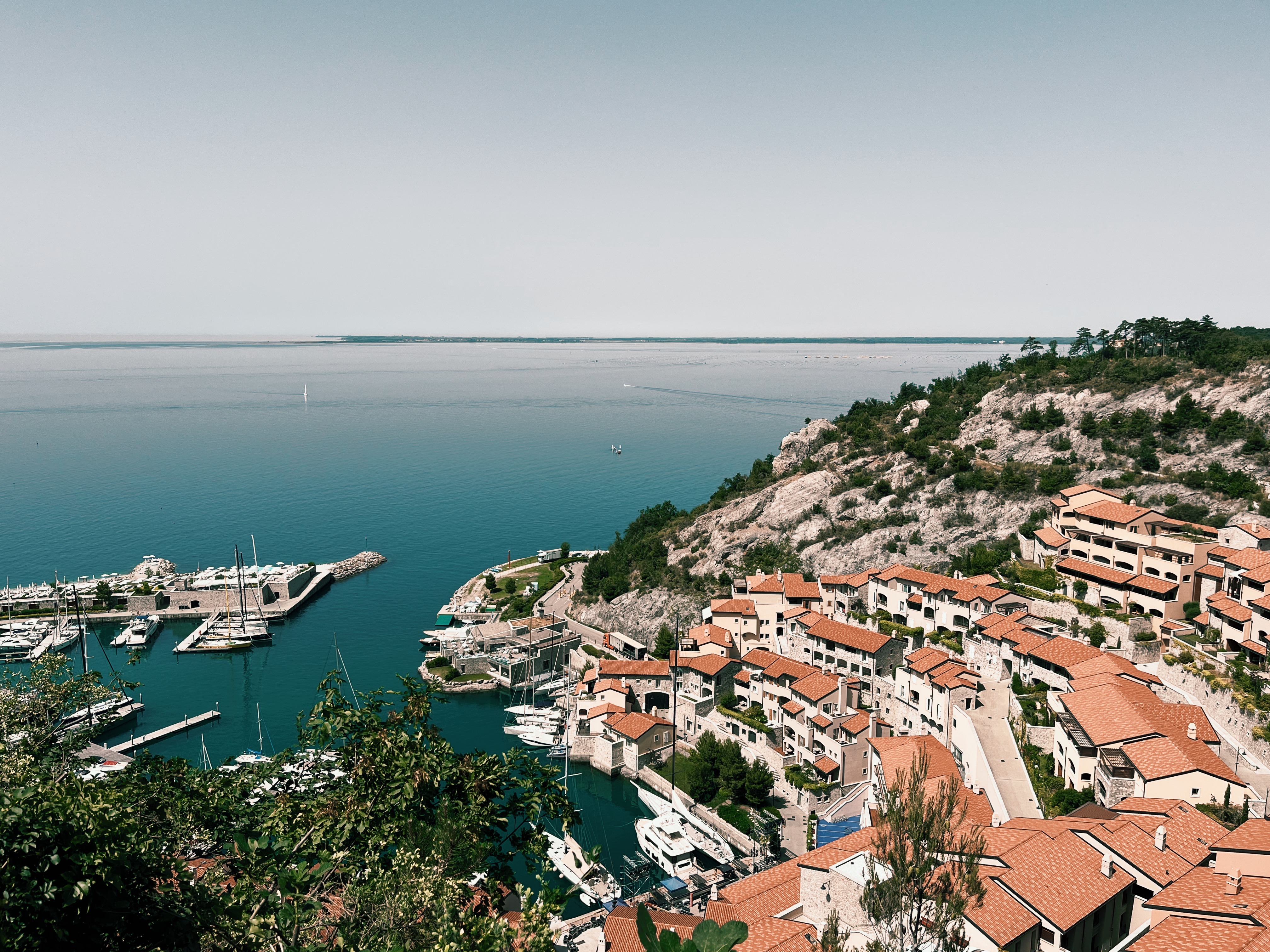
There’s already plenty of information on the Alpe Adria Trail, its stages, and its history. You can find some of the key information on the trail’s official website. They also feature lots of further reading and hiking tips here.
Now let’s go into some more detail on each of the aspects that I think make the Alpe Adria Trail the best long-distance trail for thru-hiking beginners.
Accommodation and food on the Alpe Adria Trail
Accommodation possibilities along the Alpe Adria Trail are plentiful, with a range of options to suit every budget and preference. There are hotels and guesthouses, as well as more basic options such as mountain huts and camping grounds. Many of them offer half-board or full-board options, so you can enjoy a range of delicious meals without having to worry about cooking or finding a restaurant. But there’s also a lot of flexibility for you to decide on eating in a local restaurant or cooking your own food, as many places offer you access to kitchen facilities.
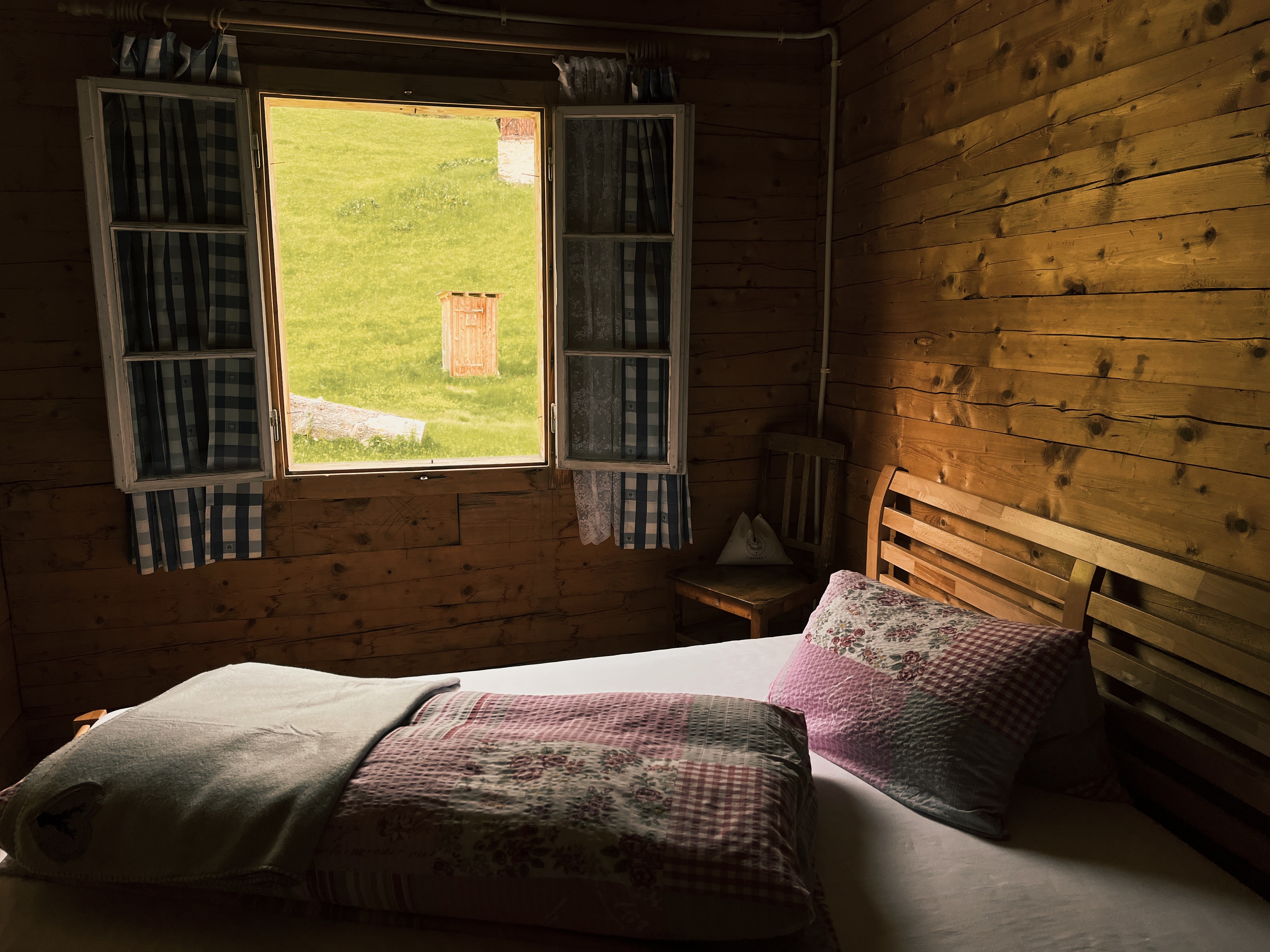
In Austria, hikers can stay in traditional mountain huts, such as the Alexanderalm, which is located in the Nock mountain range sporting a breathtaking view over Millstätter See. The hut has a cozy dining room, where you can enjoy hearty Austrian dishes. Their food isn’t only incredibly delicious but also made from local, organic, and sustainably farmed ingredients. In Slovenia, there are plenty of guesthouses, private guest rooms, and apartments, which you can easily book online or just turn up and spend the night. You can also choose to stay in a hostel, like Soča Rocks in the town of Bovec. Staying in a larger hostel like this offers to possibility to connect with other people or even take a few days off to enjoy some other activities like rafting or ziplining which are very popular in the Soča valley. In Italy, there are several bed & breakfast options as well as so-called “Albergos”. Which from my experience offer better value for money. A very nice Albergo I stayed in is the Ostello La Finestra in Tribil Superiore. It is run by a charming Italian woman, who cooked an amazing three-course dinner for all the guests.
I also wrote this article about the best huts on the Alpe Adria Trail, just in case you want to find out more.
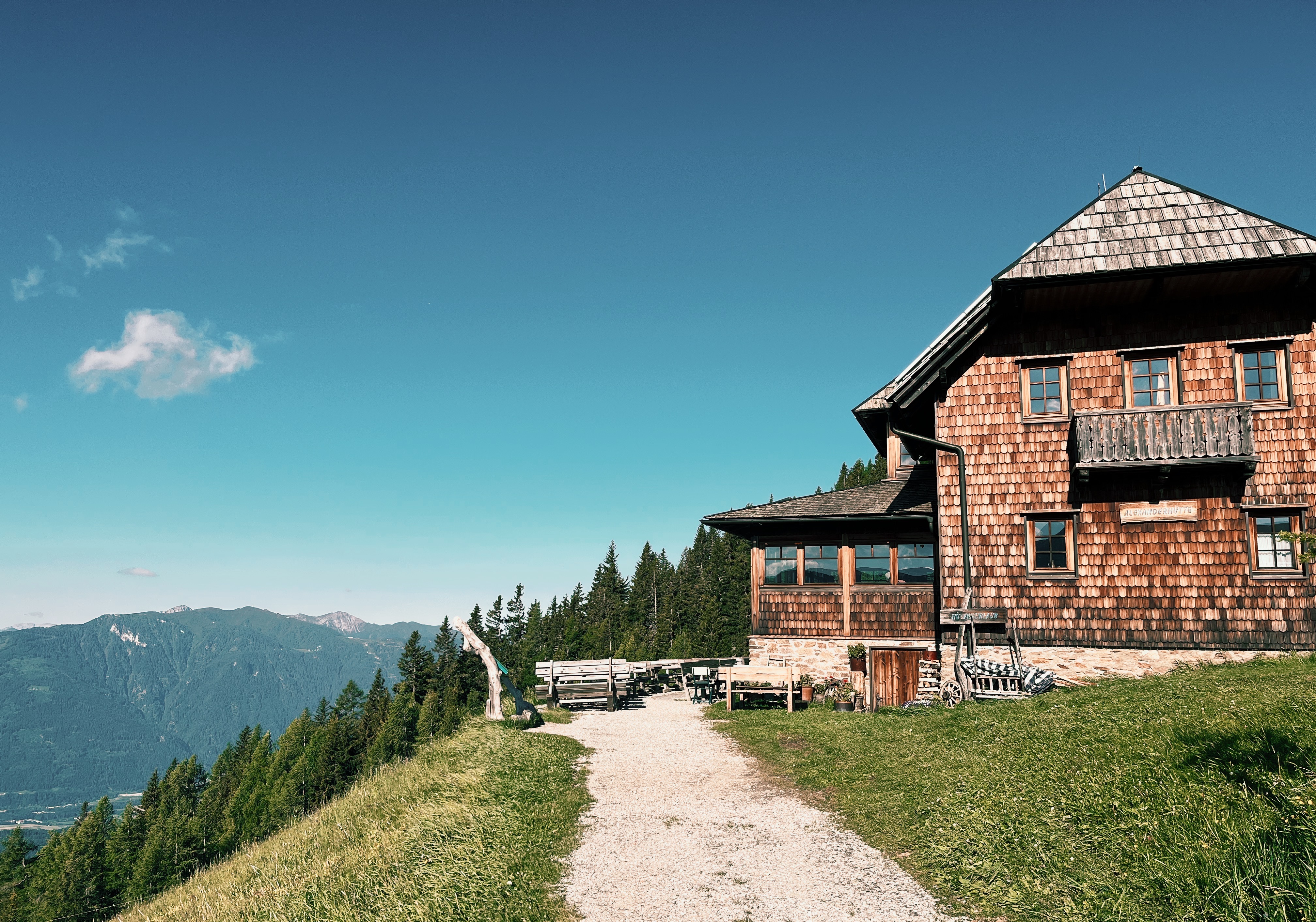
As you might be able to tell already, hiking the Alpe Adria Trail is not only an amazing experience in terms of stunning nature. As the trail passes through Austria, Slovenia, and Italy, you also have the opportunity to sample a range of delicious regional cuisines, each with its own unique flavors and traditions. Austrian is known for its hearty mountain fare, featuring dishes such as Käsespätzle, which you can for example taste at Gasthaus Marterle. One of the most popular dishes you shouldn’t miss is Kaiserschmarrn. Definitely try it at Alexanderalm, it’ll be a revelation.

Slovenian cuisine is a blend of Mediterranean and Central European influences, with a focus on fresh, local ingredients. One famous dish is Jota, a hearty soup made with sauerkraut, beans, potatoes, and different meats. Another popular dish is Štruklji, a strudel with various fillings, from hearty cheese to sweet apple sauce you can find anything that gets you excited after a long day’s hike.

Italy is known for its incredible cuisine around the globe - so naturally, I was very much looking forward to reaching Italy while hiking the Alpe Adria Trail. And I wasn’t disappointed. I ate amazing risotto and incredible pizza. I also indulged in delicious gelato and pastries. Pair that with a glass of Italy’s famous wine and an espresso after your meal and you’ll experience firsthand how Italy offers plenty of culinary options to indulge, wind down and refuel after a long day out on the trail.
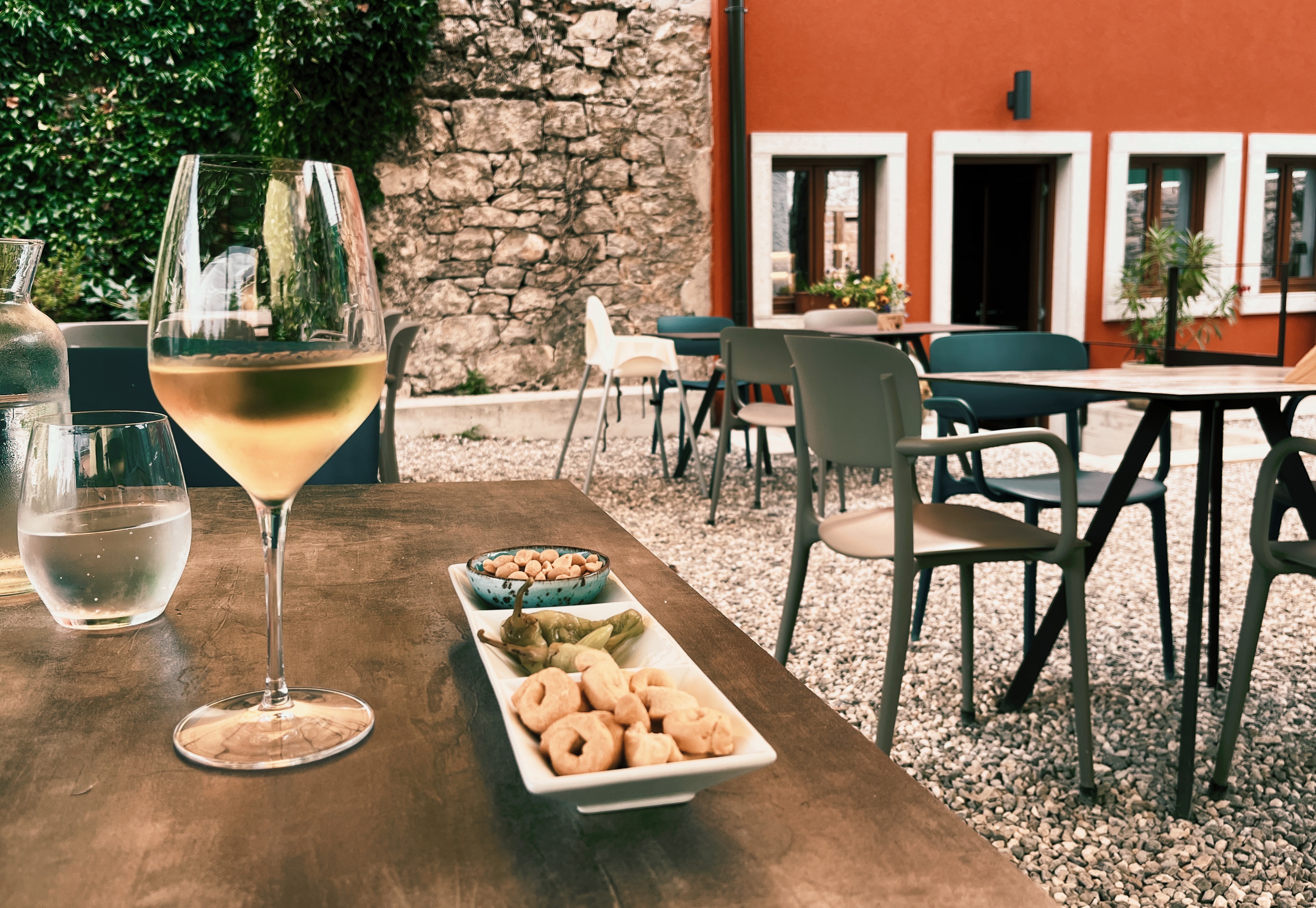
In terms of provisions, it’s easy to stock up while hiking the Alpe Adria trail. You’ll pass through some sort of village or small town at least every few stages, so you’ll never need to carry more than a day’s worth of food rations. Especially if you don’t camp, but decide to stay in one of the various forms of accommodations, you mostly just need to make sure you have a few energy bars, some nuts, or fruit on you. Most of the places I stayed in even allowed me to pack some lunch from the breakfast buffet or offered to pack a lunch package if I wanted to set out early and missed breakfast. In terms of water supplies, you are definitely able to fill up your water containers at the beginning and end of each stage and many stages also have opportunities to fill up in between. To better plan your food & drink set-up for the Alpe Adria trail, check out this article.
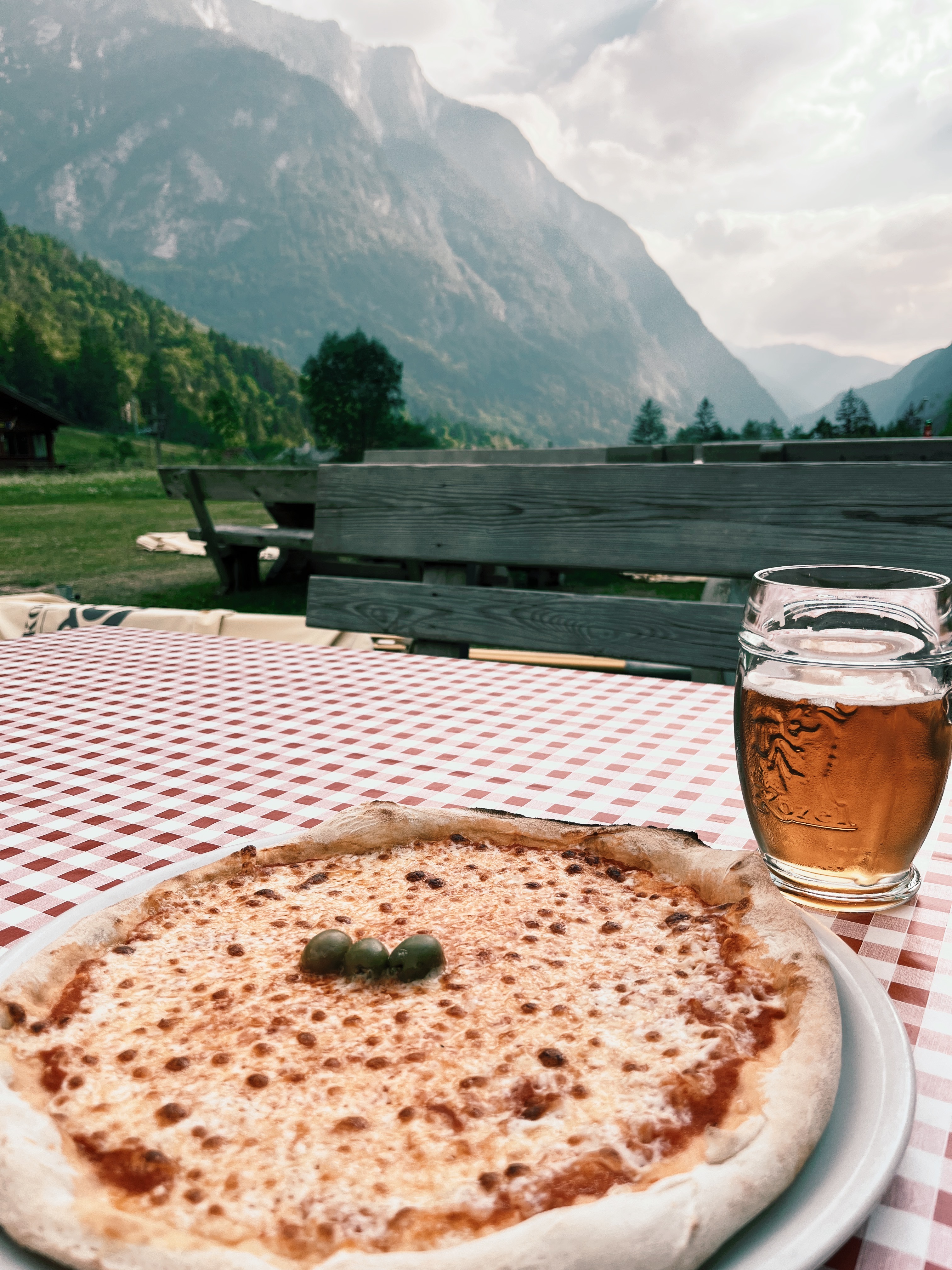
Stage Planning and Transport Infrastructure
One of the things I like most about the Alpe Adria Trail is how flexible you are in terms of stage planning. You can of course hike the entire 37 stages (plus 6 additional circular routes if you want to go there). But you can also merely pick a section of the trail and hike for a week or two. This is made easy as many stages end & start in villages or smaller towns, which can be easily reached via public transport or car. A third option is to hike the entire trail but skip several stages in between. The trail has pretty good transport connections. Especially in Austria, the booking service from Trailangels offers private transfer options between stages. But also in Slovenia and Italy you can organize a transfer or take busses or trains to skip a few stages. This can also come in handy if you need to take a break, recover from an injury, the weather is particularly bad or you’re simply limited in the amount of time you can spend hiking the Alpe Adria trail.
Another important aspect that makes the Alpe Adria Trail the ideal long-distance trail for thru-hiking beginners is the fact that there is an official booking service, which can help you to plan out everything. Of course, you can plan everything yourself, all the information you need is out there. It’ll probably be cheaper and more adventurous this way. But I think it’s also really good to know, that there is an option that can take some of the planning overhead off your shoulders. I also feel like this can add an extra level of reassurance (for yourself or for others that might follow your journey from back home). For example, the Trailangels service in Austria also offers a trail hotline, that’s available from 8 am to 8 pm in case of any issues with your planning.
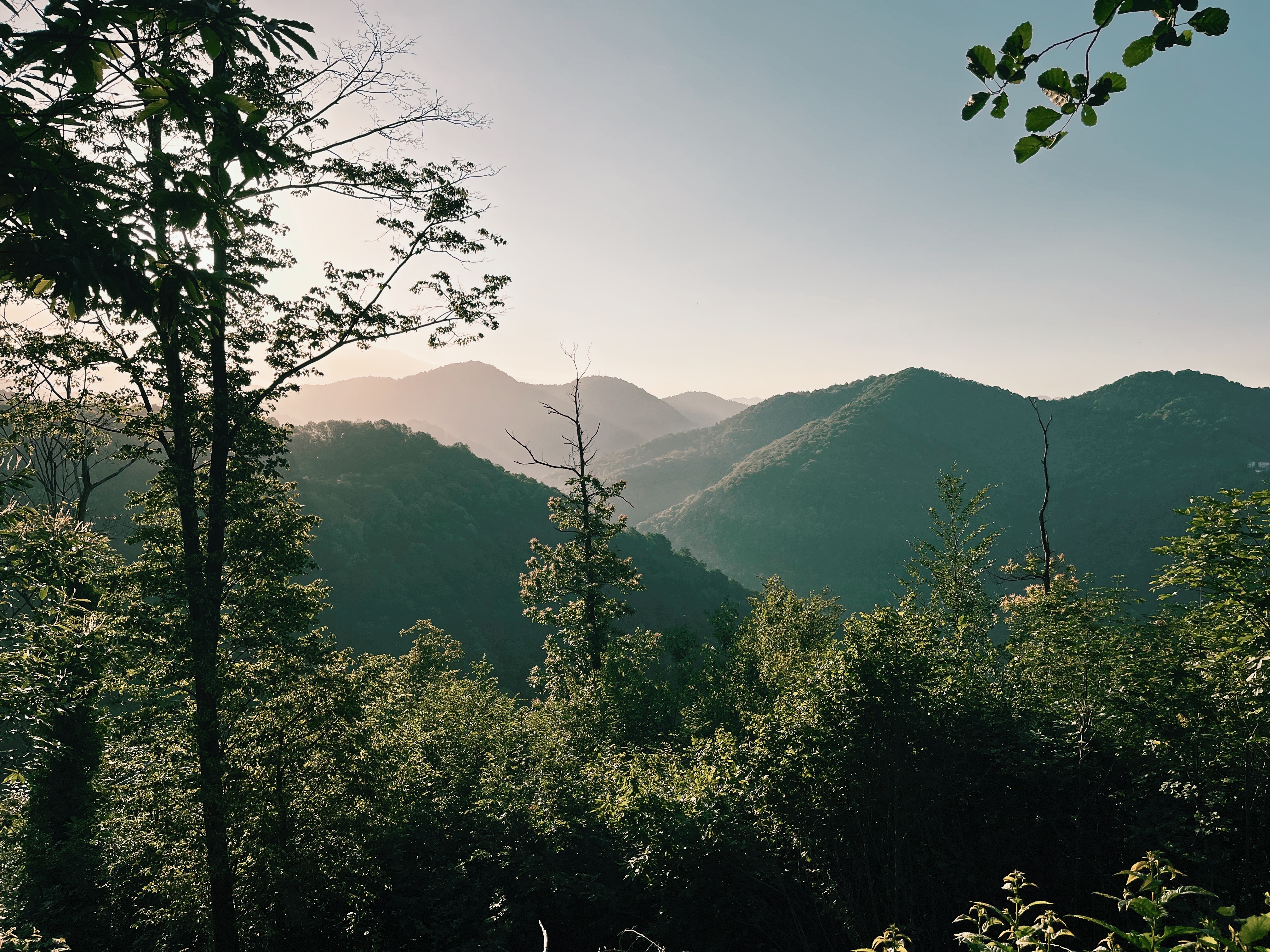
Stage difficulty and navigation on the Alpe Adria Trail
When it comes to stage difficulty, the Alpe Adria Trail is generally rated as easy to medium, with a few more demanding stages to keep things interesting. Navigation is relatively easy as the trail is fairly well sign-posted and detailed gpx trails are available for each stage. You can download them all here. However, it’s still important to plan each stage in detail and have a good (digital) map with you, in case of any emergencies. I personally always use the Gaia GPS app on my phone for both stage planning as well as tracking my hikes. While there is sign-posting along the AAT, I’ve also gotten lost a few times, missed a sign or turn, and found passages of the trail extremely hard to pass. Local weather, like snow, heavy rain fall, or wind can also make parts of different stages impossible to pass. For example, there’s been a horrible flash flood in the Austrian region of Carinthia at the end of June 2022, which also affected a few of the villages which are part of the Alpe Adria Trail. So, I can’t state often enough how important it is to prepare well for each stage. This includes running over the route and checking the local weather forecast before you set out.
But by all means, don’t let that put you off. While proper preparation is important (which is pretty much true for any adventure you set out on), the Alpe Adria Trail is definitely one of the easier-to-master long-distance hiking trails in Europe and thus especially suitable for first-time thru-hikers.
And to make stage & itinerary planning even easier for you, I put together a two-week itinerary for the Alpe Adria Trail. If you’re curious, check out week one here.

In case of an emergency on the Alpe Adria Trail
What gave me a lot of confidence when planning for my first long-distance hike, was knowing that help in case of an emergency was accessible within a few hours. This is another reason why I think the Alpe Adria Trail is the perfect trail for thru-hiking beginners. As I mentioned already, none of the stages take you far off the grid. And while you might not see many people on your hike during the off-season (which is also a factor I highly appreciate about the AAT), you know that within a few hours, you’re able to reach “civilization” again. This is also comforting if you’re not super confident about your packing and the equipment you’re taking, yet. Worst case, you’re able to pick up an additional fleece or water bottle in one of the villages you’ll pass within a few days’ time. To help you prepare your packing here’s also a detailed packing list guide from my AAT experience. And of course, in a real emergency, like slipping and straining an ankle or breaking something (which I’ll keep my fingers crossed won’t ever happen to you or me 🙃), you can be reached relatively easily by emergency services as well. Nonetheless, it’s crucial to pack a well-stocked first aid kit for the Alpe Adria Trail, as well as any of your hiking adventures.
For smaller emergencies, sound preparation can already help you a great deal while out there on your own. For example, I always take some duct tape and micro cord when I’m out hiking. This can get you out of so many iffy situations. Check out my detailed packing guide for a few more packing hacks that can come in very handy for smaller emergencies. And of course, I can’t stress enough how important it is to always carry a well-stocked first aid kit when hiking.
Many fellow hikers told me that while they’ve done a lot of group hikes, they’re still weary about doing a long-distance hike on their own. One of the key reasons they mention is safety concerns. From my experience as a solo female hiker, the Alpe Adria Trail is a great thru-hike for solo hikers. I felt extremely safe, both out on the trail as well as in the accommodations I chose. When hiking alone, I do place a bit more emphasis on the preparation of my trails. If you want to know more about that, check out this article on how to pack (reasonably) lightweight for a thru-hike.
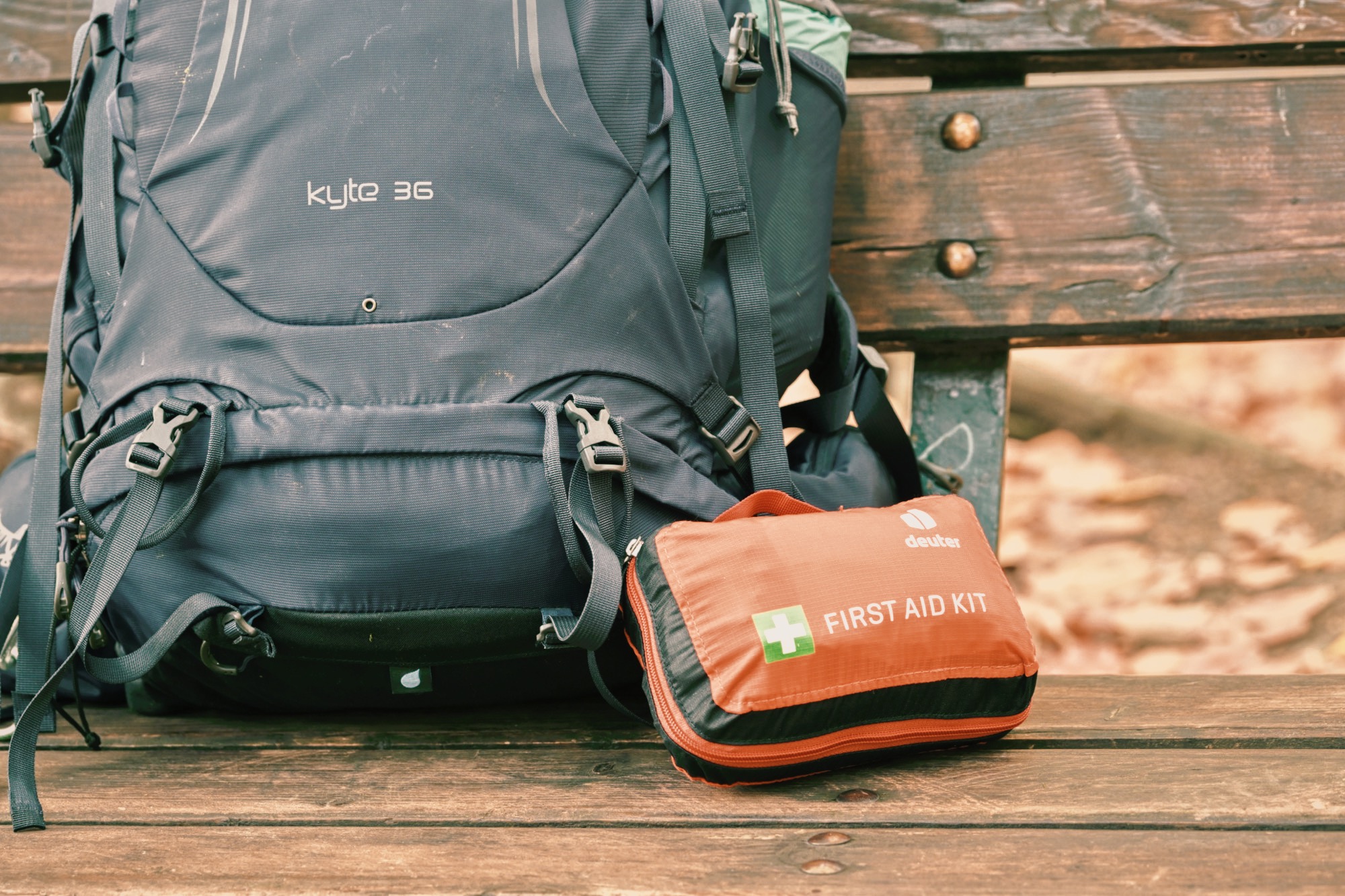
Landscape and scenery on the Alpe Adria Trail
The landscape and scenery on the Alpe Adria Trail are simply stunning. You’ll hike through a variety of terrains, from the snow-covered Austrian mountains to the lush green valleys of Slovenia, and finally through the beautiful Italian countryside to the Adriatic Sea. Along the way, you’ll pass beautiful lakes, forests, vineyards, and charming towns. Some of the highlights include
- Großglockner mountain and the Nationalpark Hohe Tauern in Kärnten, where you’ll see some of the most beautiful mountain scenery in Austria
- Several cozy mountain huts in Austria and Slovenia with breath-taking views and delicious food
- The Soča valley which is known for its crystal-clear water and stunning natural beauty
- Triglav National Park and a glimpse of Mount Triglav, the highest mountain in Slovenia and the highest peak of the Julian Alps
- The beautiful Italian countryside, featuring vineyards and forests alike, and the gorgeous coastline of the Adriatic Sea
It’s hard to describe the beauty of the AAT’s landscape just with words, so I’ll just share some of my favorite pictures I took while hiking the Alpe Adria trail in June 2022.
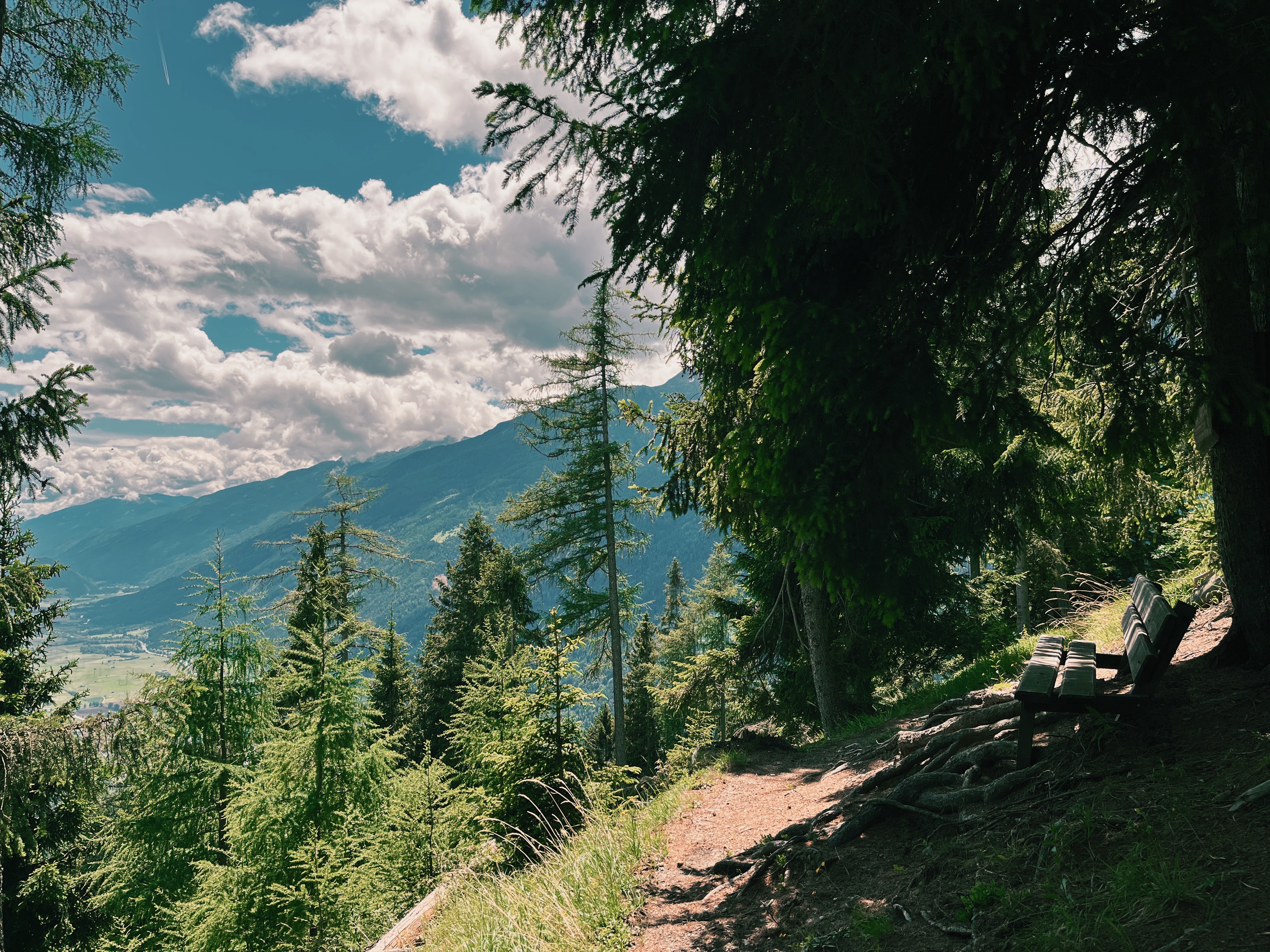
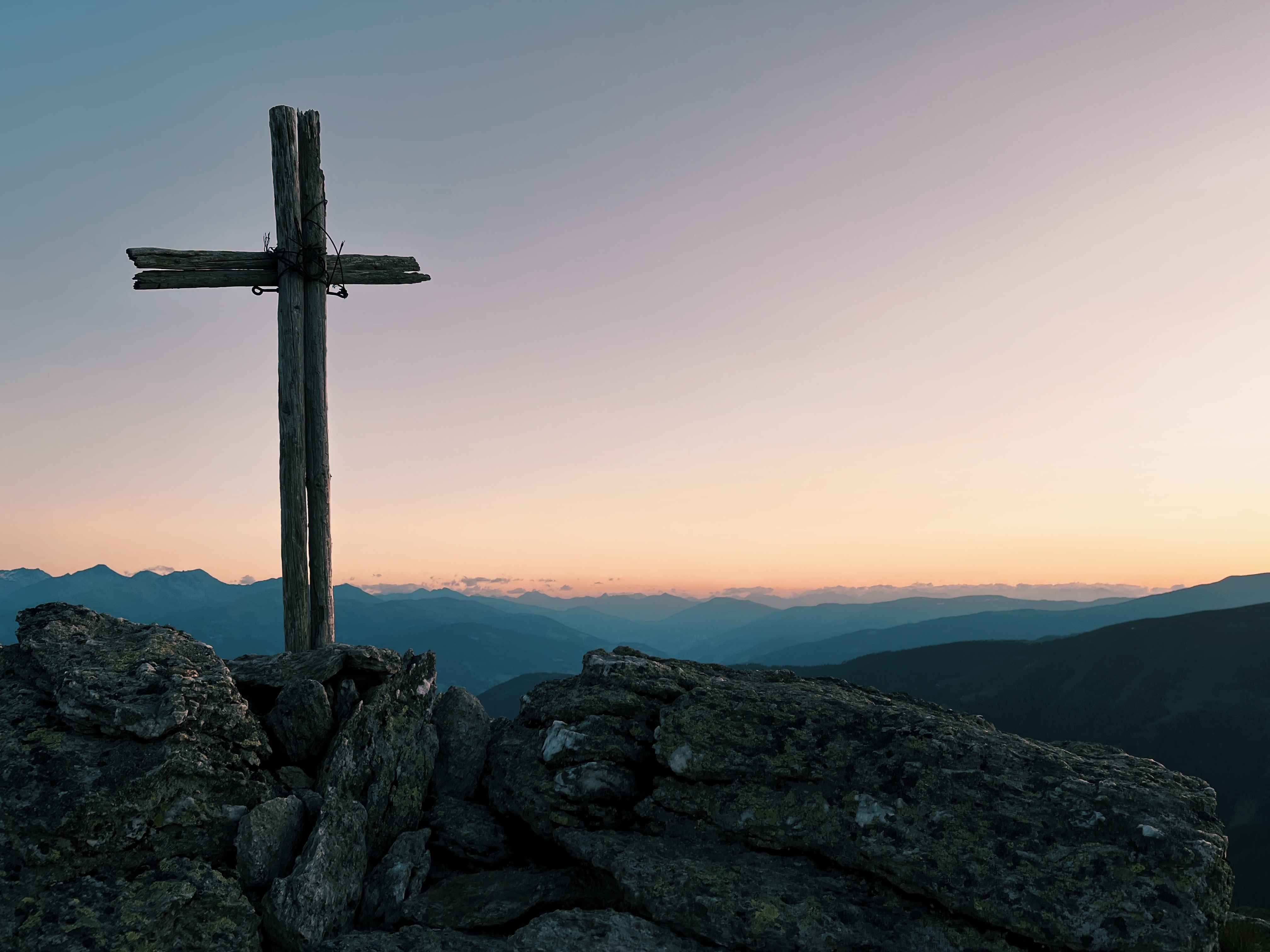
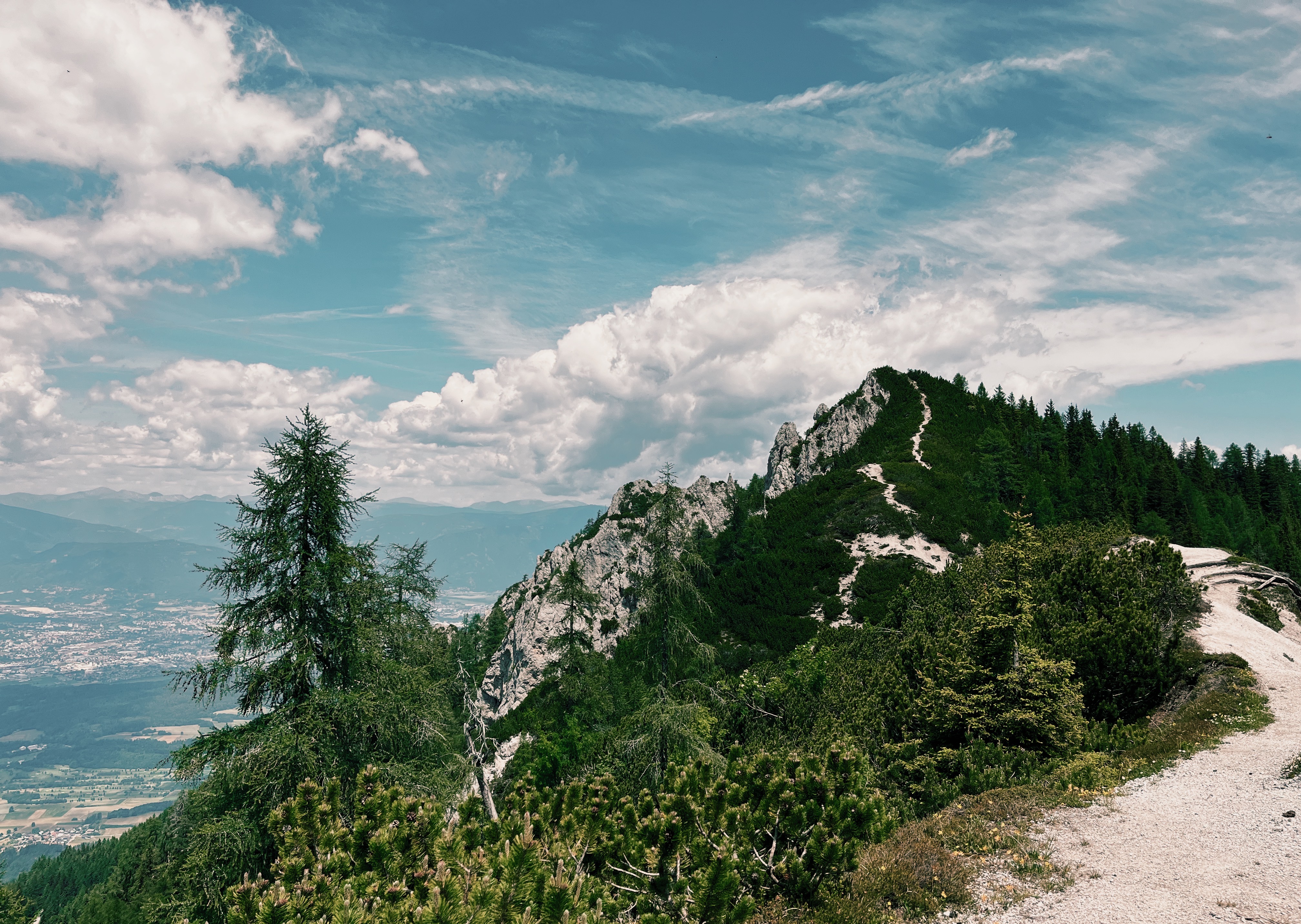
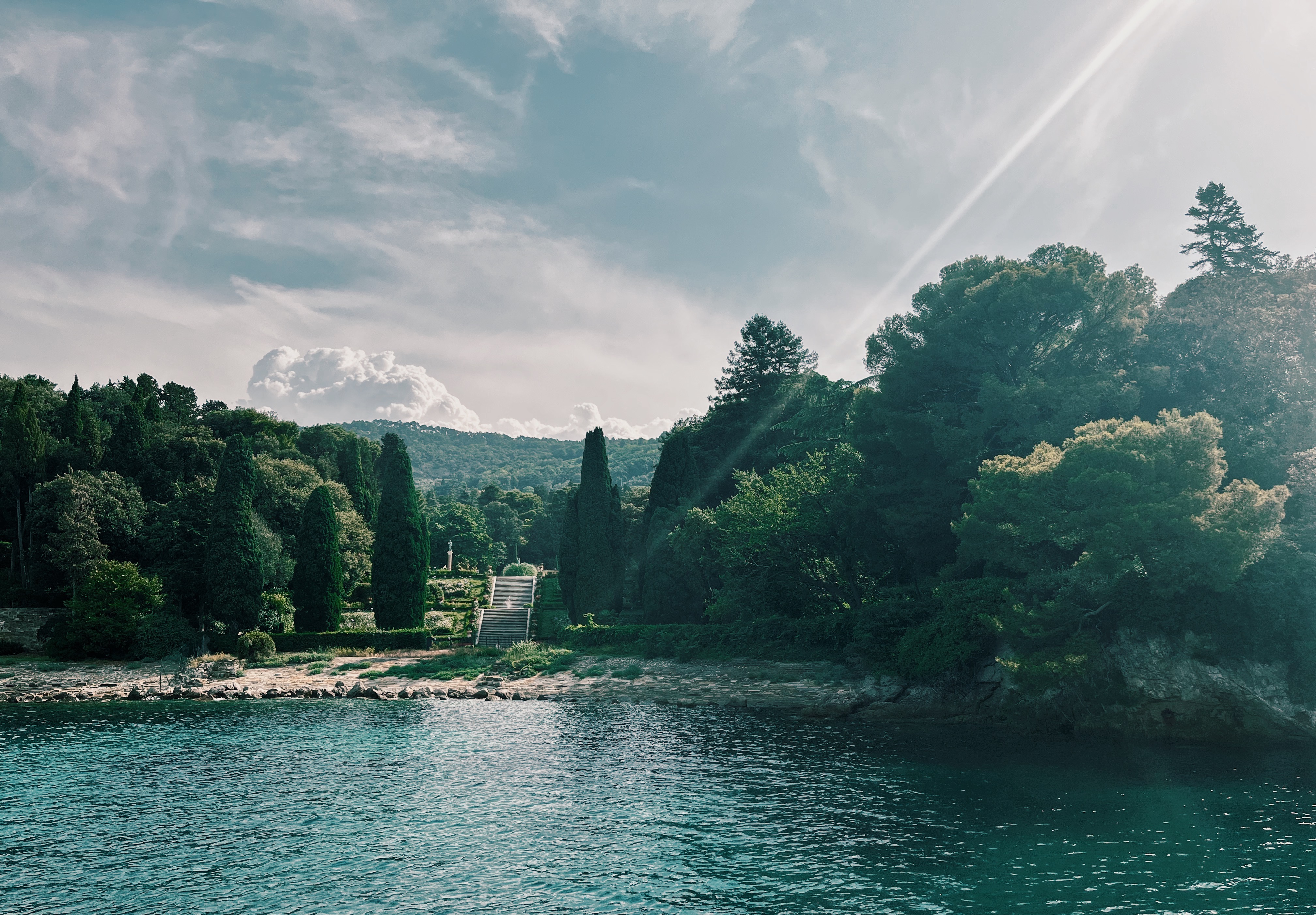
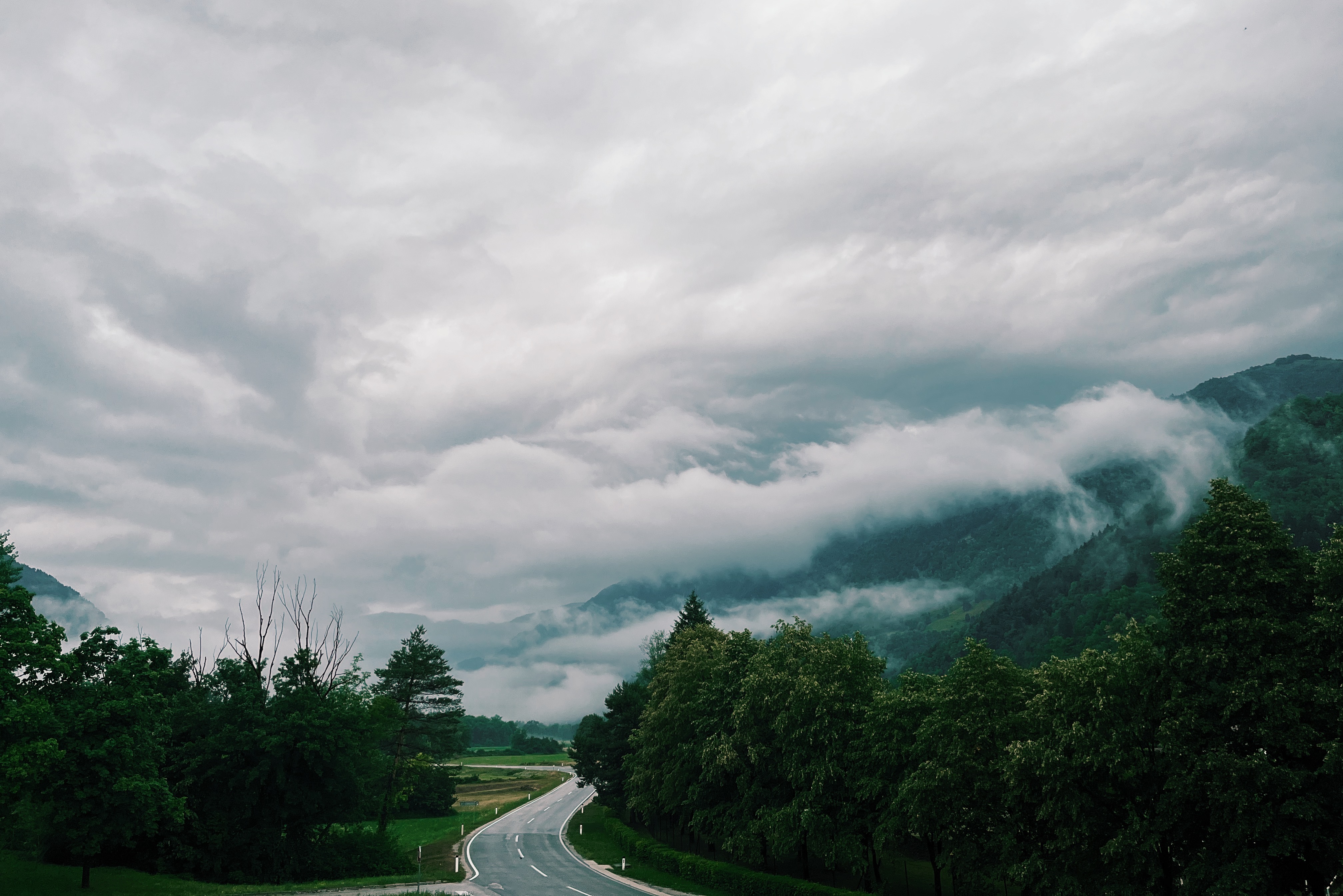

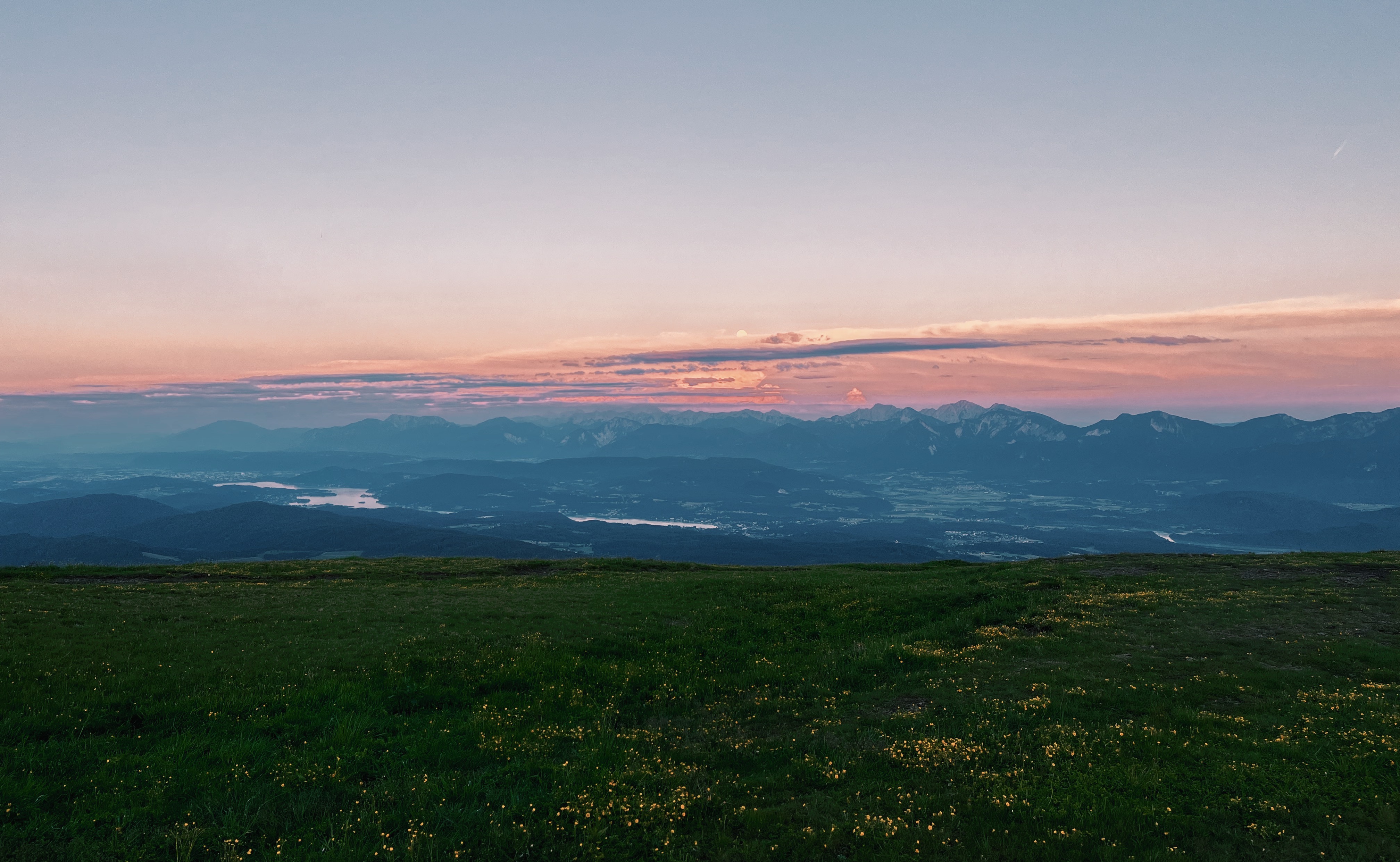

Why the Alpe Adria Trail is the perfect trail for first-time thru-hikers in Europe
Alright, so I hate to break it to you, but there’s really no more reason to put off ticking “hiking a long-distance trail” off your bucket list. Even if you’ve never done a thru-hike, the Alpe Adria Trail is the perfect long-distance hike for beginners.
It makes the perfect trade-off between posing a demanding challenge, which will make you feel very accomplished while not being completely overwhelming or intimidating. Most stages are rated easy to medium with a few more challenging ones thrown in the mix.
It also combines a good level of planning security with enough flexibility to feel wild and free. The trail’s route won’t take you too far off the grid and accommodation and transportation infrastructure along each stage are great, which allows you to tailor your itinerary exactly to your needs.
And most importantly, the Alpe Adria Trail offers you the possibility to switch off. To find peace and calmness by immersing in the incredible nature around you. And to ultimately connect to and create space for what really matters to you.
All of this makes hiking the Alpe Adria Trail a unique and enjoyable experience that’s perfect for thru-hiking beginners and a true “please hiker’s delight”.
Got a feeling that the Alpe Adria Trail isn’t the right hiking trail for you? Maybe check out the Rheinsteig hiking trail in Germany or my favourite beach hikes on Fuerteventura.
